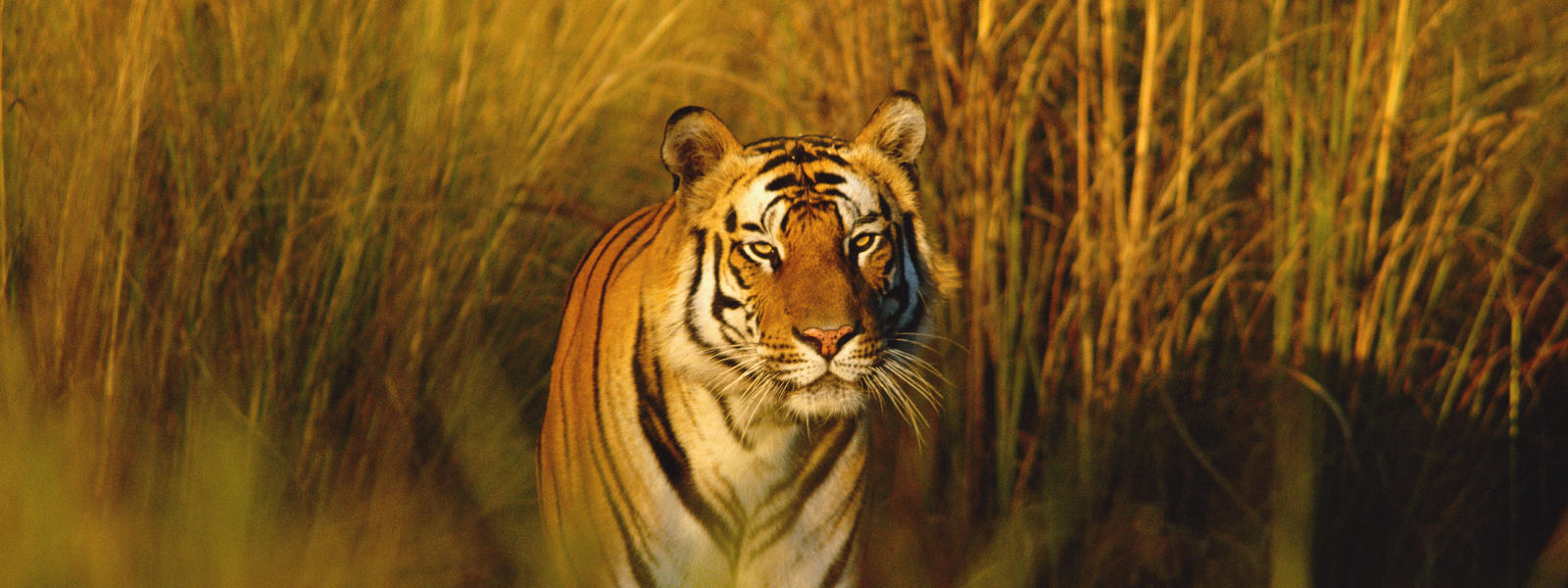Why are kangaroos ......?
The dots in that question could be replaced by a number of phrases. (Indeed, philosophers might omit them and simply contemplate the existence of 'roos, but that is too deep for me, unless the correct answer is "Why not?".) The specific thing I want to babble about is why are kangaroos the colour they are?
I will put in a consumer advisory that I am not a biologist but a very amateur naturalist, so this is all speculation, contending more strongly for a Darwin Award rather than a Darwin Medal.
Some of the reasons that things are the colour(s) they are are described in a post by Ian Fraser on the colour red " ... a colour intended to be seen; to attract a mate, to warn of the hazards of trying to eat the wearer, or in a plant to attract an animal to pollinate or distribute seeds in ripe fruit." Another function of colouration is to assist in camouflage: I was about to say that this wouldn't apply to red and then I thought about the colour orange, which is quite close to red:
I'll quickly comment that in this case the camouflage probably comes from the pattern rather than the colour and move on.
I will put in a consumer advisory that I am not a biologist but a very amateur naturalist, so this is all speculation, contending more strongly for a Darwin Award rather than a Darwin Medal.
Some of the reasons that things are the colour(s) they are are described in a post by Ian Fraser on the colour red " ... a colour intended to be seen; to attract a mate, to warn of the hazards of trying to eat the wearer, or in a plant to attract an animal to pollinate or distribute seeds in ripe fruit." Another function of colouration is to assist in camouflage: I was about to say that this wouldn't apply to red and then I thought about the colour orange, which is quite close to red:
I'll quickly comment that in this case the camouflage probably comes from the pattern rather than the colour and move on.
I thought I would give a bit of rigour to the post so did a Google search for "Colour of animals". The top entry was interesting in that while it came from "Nature" it dated from 12 October 1876. Possibly, science has moved on a bit since then. The second entry, from Goteborg University, is more helpful! It opens with (note: the document is well protected against copying so this is a screenshot image):
Here is an image of some Eastern Gray Kangaroos taken this morning.
While being extremely cute, it doesn't show a camouflage effect too well, and certainly doesn't demonstrate any lurid advertising/warning colours
At an earlier stage in our walk we spotted a mob of about 60 roos-in-a-hurry. The reason for their haste was our neighbour mustering his cattle for weaning purposes, so there will be noisy times ahead.
They do tend to merge into the background a bit more, possibly reflecting their tendency to camp up in bush during the day. (A vernacular name for this species is Forester.) The black tips to the tail do stand out somewhat so perhaps they are a signalling device like the white 'scuts' at the back end of wabbits.
This gent (and it was very evident that it wasn't a female when he was in the open) merges quite well into the Kunzea ericoides and Joycea pallida.
So do his colleagues in more timbered country
If looked at in a larger size there are at least 6 'roos in the last two images.
The next image was taken later in thicker Joycea.
An alert reader may have got a feeling that I believe the major outcome of Kangaroo colouring is that it makes them hard to spot. This comes in part from numerous occasions on which we have been in marsupial-empty bush and eventually spotted a tail or ear flicking. On looking more closely we have then found up to a dozen silently watching us.
Another thought along this way is that the Swamp Wallaby
which tends to live in denser vegetation (a darker habitat) is overall a darker colour.
The need for camouflage and intra-species warning signals suggests a need to avoid predators. That gives rise to a puzzle, since there have- until very recently in evolutionary terms - been next to no carnivores, at least of a size to worry large kangaroos, in Australia.
Dingos will attack roos of all sizes but have only been around for a short time. (The precise length of time is addressed in this wiki but as with most DNA sequencing issues mail to this address seems to end up in the dead letter office.) Even allowing for the 2-bob-each-way inherent in that discussion it appears that the dingo only entered Australia some millenia after the indigenous people arrived. So it might be the case that their rock art indicated different coloration in the early images. Unfortunately for this hypothesis the materials used (ochre, rather than acrylic paint) tend to reduce diversity a bit so they tend to be in shades of brown - and have probably been refreshed many times since initial creation!
Motor cars, while basically not predators, are a major cause of roo death (warning: gruesome image), but camouflage is an exacerbating, rather than mitigating, factor in such events.
In summary the answer I come up with to my opening question is that I have no real idea. Having disposed of the colour as
- an attractant (who likes beige?),
- a warning to possible predators, and
- camouflage ...












Comments